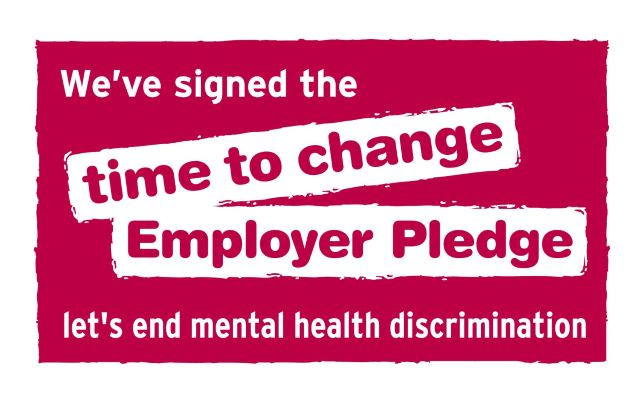HWW undertook this project to increase understanding of why patients “walk in” to the two Accident and Emergency (A&E) Departments in Worcestershire. We completed 15 visits to the public waiting areas at the Accident & Emergency (A&E) Departments at the Worcestershire Royal Hospital and the Alexandra Hospital in November and December 2021 with the co-operation of the Worcestershire Acute Hospitals Trust.
323 people completed our Survey – 292 face to face and 31 online. As we did this work during the Covid-19 pandemic we complied with all infection control protocols and procedures.
Read Reports
The report and summary below contain our findings, conclusions and recommendations for local health services.
FULL REPORT – What patients told us about why they “walk in” to A&E Departments in Worcestershire
SUMMARY REPORT – What patients told us about why they “walk in” to A&E Departments in Worcestershire
NHS SYSTEM RESPONSE to HWW Report
Main Findings
Most people are contacting another health service before going to A&E
- 70% of patients told us they had contacted another health service before going to A&E. The top three services contacted were GP practices, NHS 111 telephone service and Minor Injuries Units. Most of these patients (92%) were sent to A&E by the health service they contacted.
- GP’s and NHS 111 can alert/book an appointment at A&E for patients, but this didn’t happen for everyone.
- Some people who contacted NHS 111 told us of problems getting through and long waits for call backs. Others had contacted more than one other health service before eventually being sent to A&E. Alternatives to A&E need to work for patients, or they may be tempted to go directly to A&E
People who “self-referred” to the A&E Department
- 30% of people had self-referred to A&E, that is they had gone there without visiting another health service first. Most (60%) went with possible broken bones, muscle or joint injuries, or wounds, bruising or cuts.
- Some of these may have been able to be treated at one of the Minor Injuries Units in the County, but not everyone who self-referred knew about these, or they were too far away, or people were not sure if their illness or injury could be treated there.
- Most people had heard of NHS 111, but not necessarily about contacting NHS 111 First before going to A&E.
- More could be done to tell the public about Minor Injuries Units and about NHS 111 and how these services can help people
People think that A&E is the right place for them
- Most people (72%) would still have gone to A&E even if they had a same or next day GP appointment. Only 18 self-referred patients would have gone to the GP instead of going to A&E.
- Neither were most people waiting for/under hospital treatment for the condition they went to A&E with.
- We gave people a list of options that would have made a difference to their decision to visit A&E. Most people (202) said that nothing would have made a difference, they were in the right place. Easier access to GP appointments was the second most frequently selected option.
- There is no single source of online information about Urgent Care in the County. We found that information about NHS 111 First was not always consistent, and that different websites gave different information about Minor Injuries Units. This could be improved.
We know that not everyone can use online information or telephone services, so it is important that people can still “walk in” to A&E and Minor Injuries Units when they need them.



